Feed Pellet Machine | High-Quality Animal Feed Pelletizer
Août . 06, 2025 02:40 Back to list
Feed Pellet Machine | High-Quality Animal Feed Pelletizer
In the dynamic landscape of modern agriculture and aquaculture, optimizing animal nutrition while maximizing operational efficiency is paramount. The cornerstone of this endeavor is the feed pellet machine. This comprehensive guide delves into the world of animal feed pelletizer machines, exploring everything from industry trends and technological intricacies to manufacturer comparisons and real-world applications. We will provide an in-depth analysis of the YIZE Animal Feed Pellet Machine, a benchmark for quality and performance in the industry.
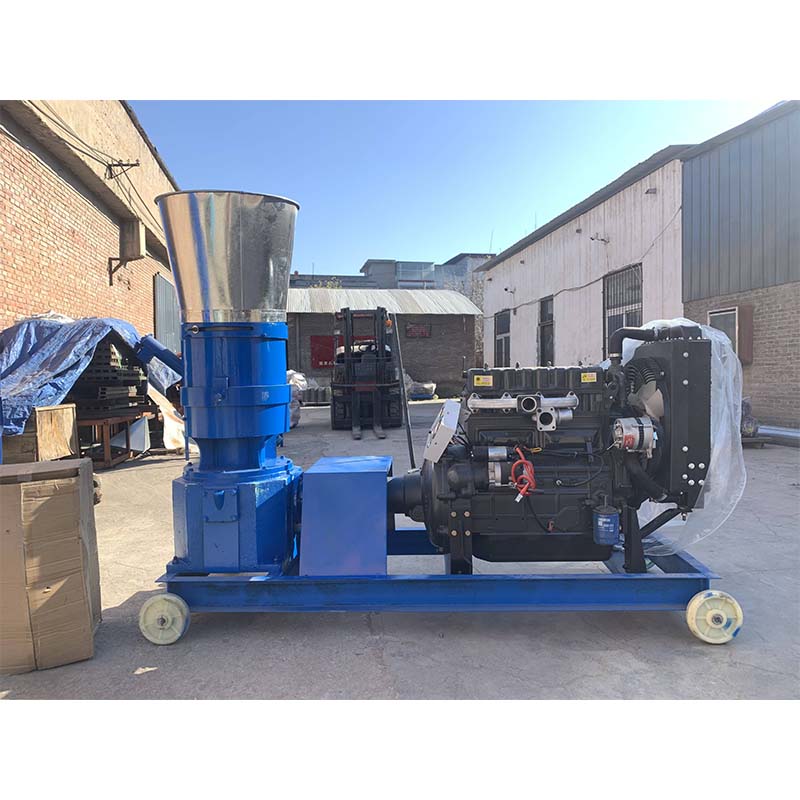
1. Industry Evolution: The Irresistible Rise of Pelletized Feed
The global animal feed market is projected to reach USD 589.4 billion by 2026, driven by a rising demand for high-quality animal protein. This growth has fueled a significant shift from traditional mash feed to nutritionally dense, scientifically formulated pellets. A pellet machine for animal feed is no longer a luxury but a necessity for competitive farming. The benefits are clear and quantifiable:
- Improved Feed Conversion Ratio (FCR): Pelleting reduces selective feeding, ensuring each animal receives a balanced diet, which directly improves FCR.
- Enhanced Digestibility: The heat and pressure during the pelleting process gelatinize starches, making them more digestible.
- Reduced Wastage: Solid pellets are less prone to being blown away or spilled compared to mash, cutting down feed loss by up to 10-15%.
- Pathogen Elimination: The high temperatures (typically 60-80°C) in the conditioner and die kill harmful bacteria like Salmonella and E. coli, promoting animal health.
- Simplified Storage and Transport: Pellets have a higher bulk density, requiring less storage space and making transportation more cost-effective.
Global Animal Feed Market Growth Trend (Projected)
2. Technical Deep Dive: The Anatomy of a Superior Feed Pellet Machine
Not all animal feed pellet making machines are created equal. The difference lies in engineering precision, material science, and manufacturing excellence. The YIZE series embodies these principles, ensuring longevity, efficiency, and superior pellet quality. Let's break down the critical components and processes.
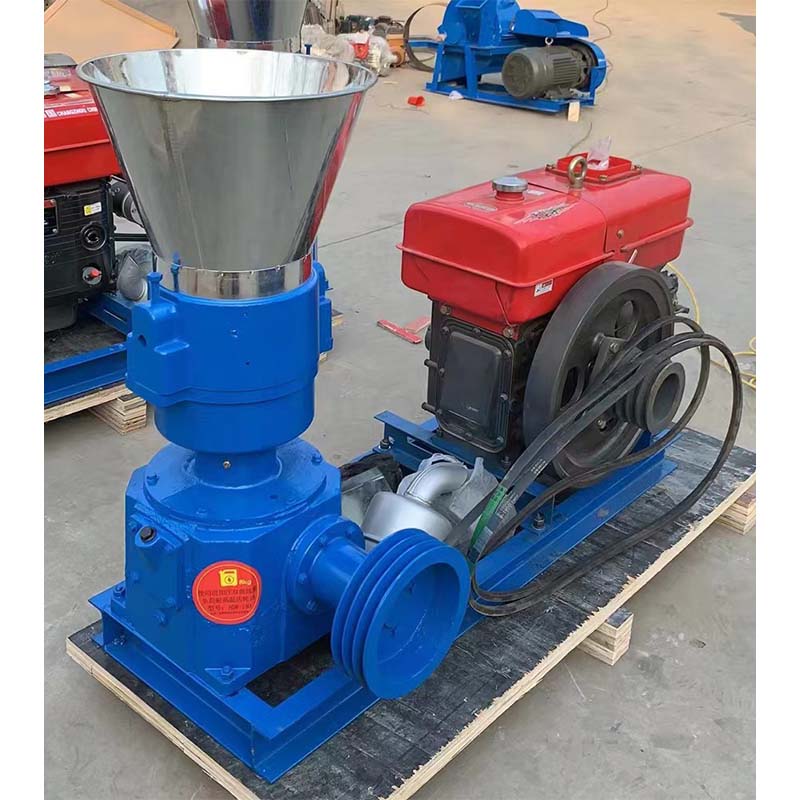
2.1. Material Science and Manufacturing Craftsmanship
The heart of any pellet machine for animal feed is the die and roller assembly. Their lifespan and performance are directly tied to the materials and manufacturing techniques used.
- Core Materials: We utilize high-chromium alloy steel (e.g., 20CrMnTi) for the ring die and rollers. This material is chosen for its exceptional hardness, wear resistance, and corrosion resistance, which is critical when processing various feed formulations.
- Manufacturing Process:
- Forging: Raw material billets are forged to refine the grain structure, eliminating internal defects and increasing material strength and toughness.
- CNC Machining: Precision is key. Our facilities use advanced CNC (Computer Numerical Control) gun drills to create the die holes, ensuring uniform size, smoothness, and optimal compression ratio.
- Vacuum Heat Treatment: This crucial step involves heating the components in a vacuum to prevent oxidation and then quenching them. This results in a hardness of HRC58-62, creating a perfect balance between toughness and wear resistance, significantly extending the service life beyond what traditional methods can achieve.
- Quality Assurance: Every YIZE machine adheres to stringent ISO 9001 quality management standards. Components undergo rigorous testing, including hardness tests, dimensional accuracy checks, and non-destructive testing (NDT) to ensure flawless performance.
2.2. The Pelletizing Process: A Step-by-Step Illustrated Flow
Understanding the journey from raw ingredients to finished pellets highlights the critical role of the feed pellet machine. Here is a simplified workflow of a complete feed production line.
1. Raw Material Intake & Crushing
2. Mixing & Formulation
3. Conditioning (Steam Addition)
4. Pelletizing (The Core Stage)
5. Cooling & Drying
The pelletizing stage is where the magic happens. After being conditioned with steam to the optimal temperature and moisture content, the mash feed enters the pelleting chamber. The high-speed rotation of the rollers forces the material through the holes in the stationary ring die, compressing it into dense pellets. A cutter knife then slices the pellets to the desired length.
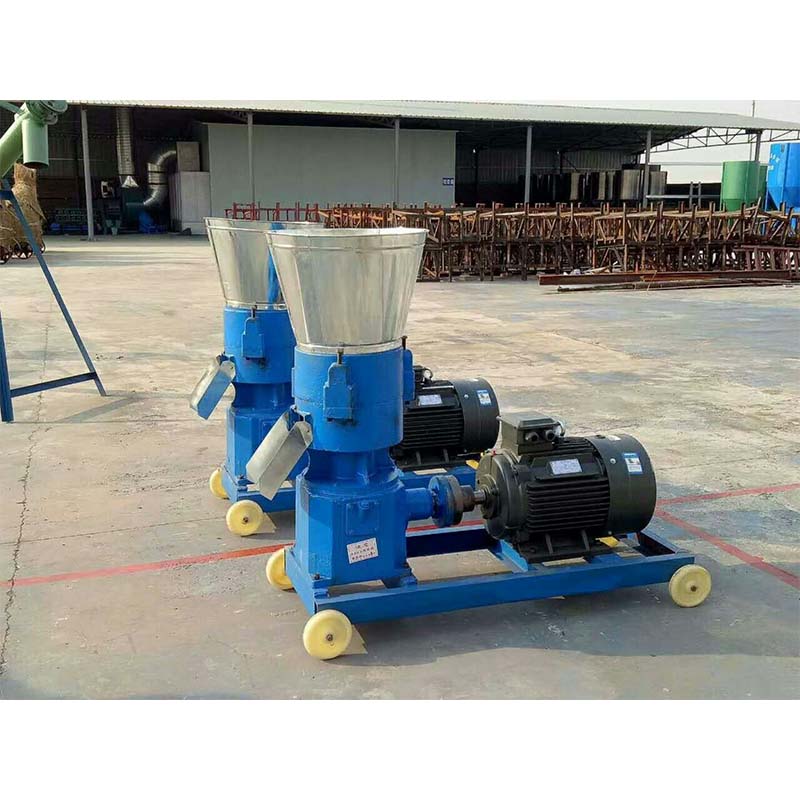
3. Technical Specifications & Manufacturer Comparison
Choosing the right machine requires a careful analysis of its technical specifications. Below is a typical specification table for our popular models, followed by a comparison between the two main types of animal feed pelletizer machines: Ring Die and Flat Die.
3.1. YIZE Animal Feed Pellet Machine Specifications
| Model | Capacity (t/h) | Main Power (kW) | Feeder Power (kW) | Conditioner Power (kW) | Die Diameter (mm) | Pellet Size (mm) |
|---|---|---|---|---|---|---|
| YZ-250 | 1-2 | 22 | 0.75 | 2.2 | 250 | 2-12 |
| YZ-350 | 3-5 | 55 | 1.5 | 4 | 350 | 2-12 |
| YZ-420 | 6-10 | 110 | 2.2 | 7.5 | 420 | 2-12 |
| YZ-520 | 10-18 | 160 | 3 | 11 | 520 | 2-12 |
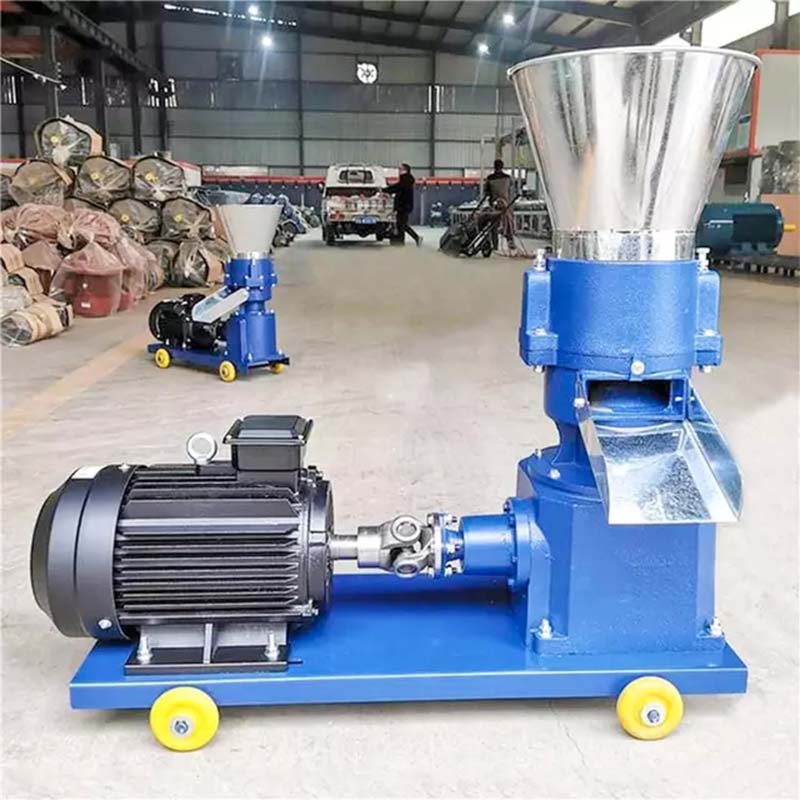
3.2. Ring Die vs. Flat Die Pellet Machines: A Head-to-Head Comparison
| Feature | Ring Die Pellet Machine (YIZE Standard) | Flat Die Pellet Machine |
|---|---|---|
| Application Scale | Ideal for medium to large-scale commercial feed production due to high capacity. | Best suited for small-scale production, home use, or laboratory settings. |
| Capacity | High (1-25 t/h). Continuous and stable operation. | Low (50-800 kg/h). |
| Pressure & Hardness | High centrifugal force ensures high compression, resulting in harder, denser pellets with high PDI (Pellet Durability Index). | Lower pressure, pellets may be softer and less durable. |
| Die & Roller Lifespan | Longer lifespan due to uniform wear and superior materials. Die can be used on both sides. | Shorter lifespan. Wear is often uneven. |
| Material Suitability | Excellent for a wide range of materials, including those with low adhesion like raw fiber. | Works well with materials that are easy to form, like grain meal. |
| Initial Investment | Higher | Lower |
4. Data-Driven Advantages: Performance You Can Measure
Our commitment to excellence is reflected in verifiable performance data. A YIZE feed pellet machine is not just a piece of equipment; it's an investment in efficiency and quality.
Pellet Durability Index (PDI) Comparison
PDI measures the pellet's ability to withstand handling and transportation without crumbling. A higher PDI means less feed waste. (Standard for high-quality feed is >95%)
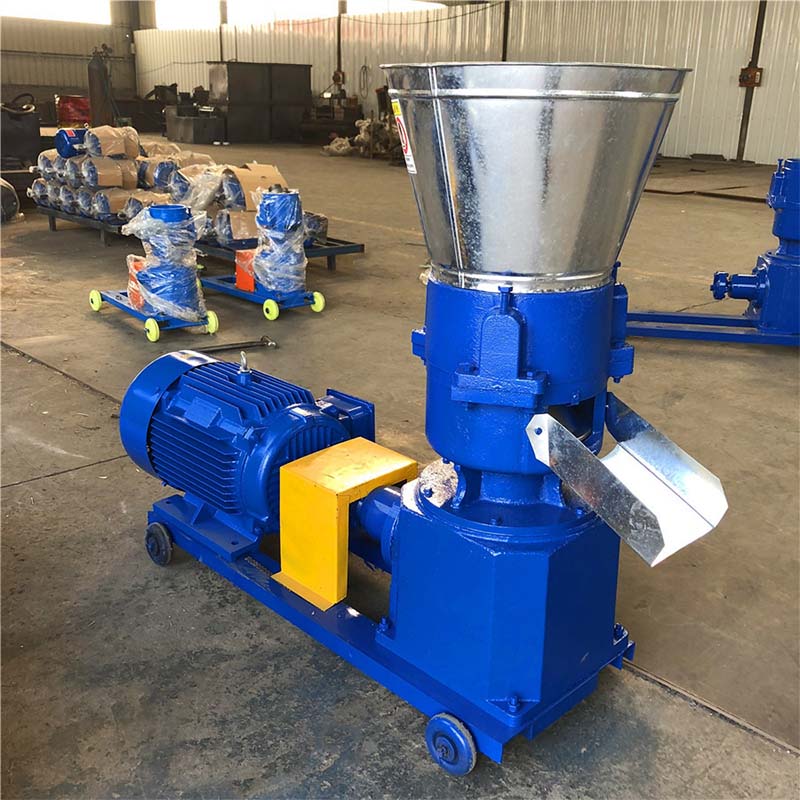
Energy Consumption Profile
- Main Motor: ~65%
- Conditioner & Feeder: ~25%
- Other (Friction, etc.): ~10%
Our gear-driven system minimizes transmission loss, ensuring over 90% of motor power is effectively used for pelletization, making our pellet making machine for animal feed highly energy-efficient.
5. Versatile Applications: One Machine, Countless Solutions
The flexibility of our animal feed pellet making machines allows them to serve a vast array of sectors within the agricultural industry. By simply changing the ring die and adjusting formulation, the same machine can produce feed for:
- Poultry Farming: Producing perfectly sized pellets for broilers, layers, ducks, and turkeys at different growth stages.
- Livestock Farming: Manufacturing high-fiber feed for cattle, swine, sheep, and goats, improving ruminant digestion.
- Aquaculture: Creating highly stable, water-resistant floating or sinking pellets for various fish and shrimp species, minimizing water pollution.
- Pet Food Industry: Customizing high-quality, nutritious pellets for dogs, cats, and rabbits.
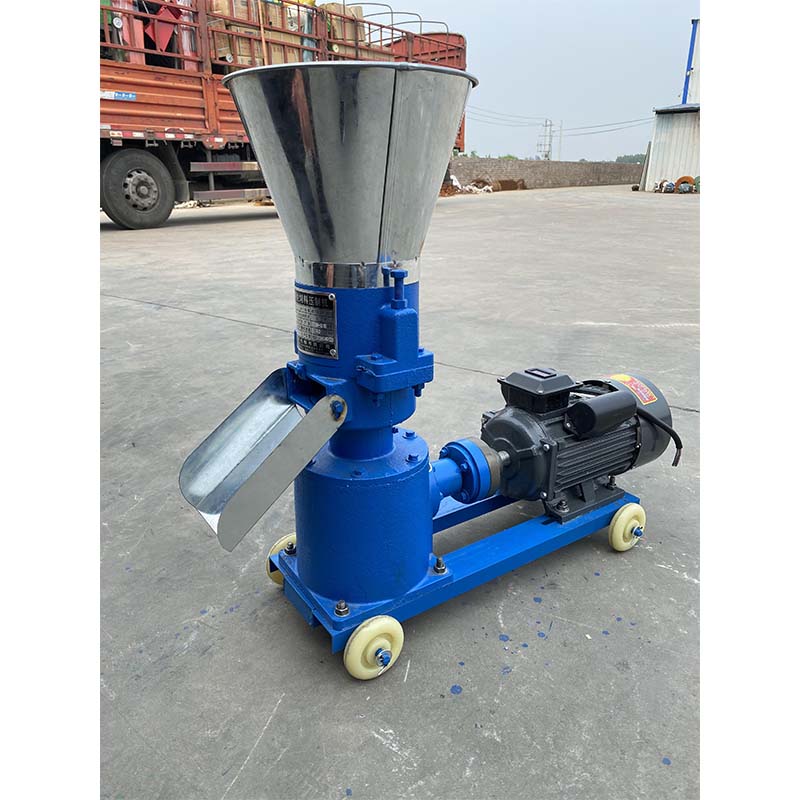
6. Real-World Success: Case Studies & Customer Experience
Theory and specifications are important, but real-world results demonstrate true value. Our experience in the field showcases the transformative impact of our machines.
Case Study: Enhancing Feed Conversion at a Thai Broiler Farm
Client: A 500,000-bird commercial broiler farm in Thailand.
Challenge: The farm was experiencing high feed wastage (around 8%) with mash feed and an inconsistent Feed Conversion Ratio (FCR) averaging 1.75. Dust in the chicken houses was also causing respiratory issues in the flock.
Solution: We designed and installed a complete feed line centered around two YZ-420 feed pellet machine units. We customized the die with a compression ratio optimized for their corn-soybean meal formula to produce 3mm pellets.
Results:
- FCR improved from 1.75 to 1.52 within 6 months, a 13% improvement.
- Feed wastage was reduced to less than 2%.
- A significant reduction in airborne dust led to a 5% decrease in flock mortality.
- The farm achieved a full return on investment (ROI) in just 14 months.
"The YIZE pellet machine transformed our operation. Our birds are healthier, our costs are lower, and our profits are up. The reliability and support have been outstanding." - Farm Manager
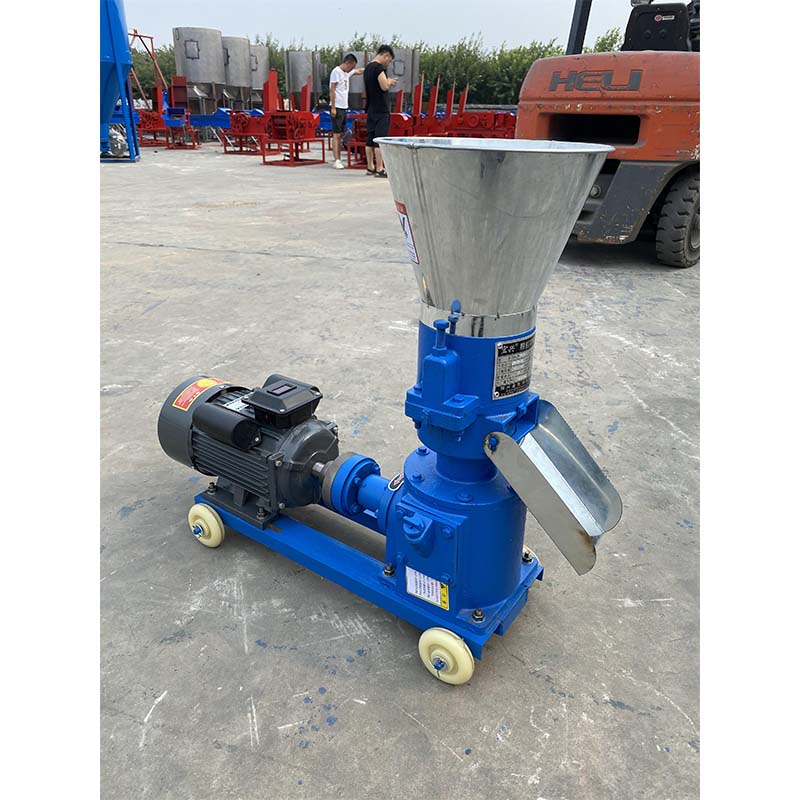
7. Customization, Trust, and Support
We understand that every feed production need is unique. We go beyond selling a standard product; we provide tailored solutions and build lasting trust.
7.1. Tailored Solutions for Your Needs
Our engineering team works with you to customize your pellet machine for animal feed:
- Die Customization: We design the die's compression ratio based on your specific raw materials and desired pellet hardness.
- Power Configuration: We configure motors and electrical components to match your local voltage and frequency standards.
- Turnkey Production Lines: We can design and supply a complete, automated feed production line from raw material intake to final packaging.
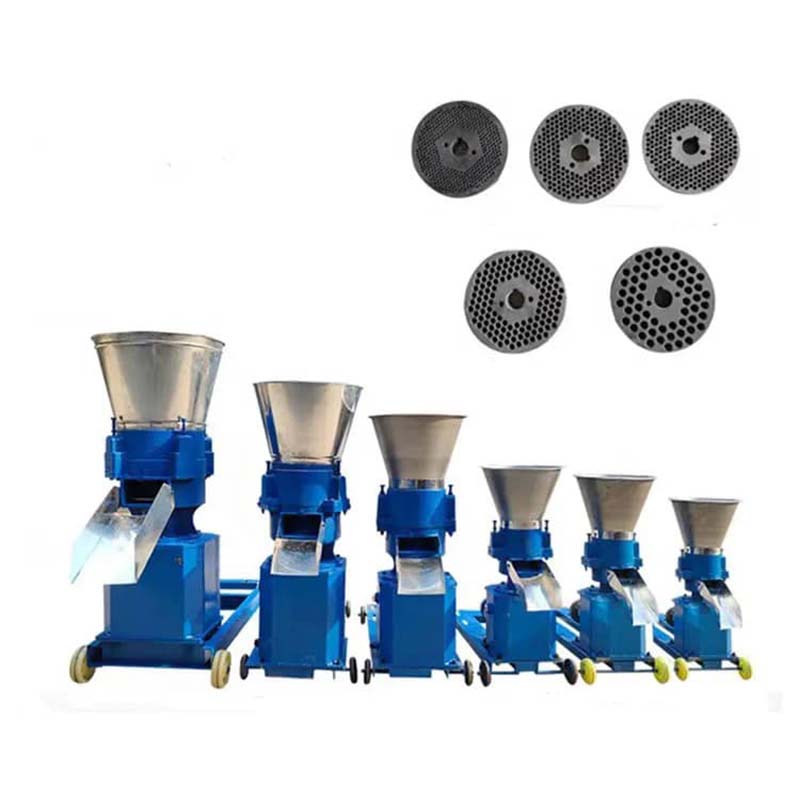
7.2. Our Unwavering Commitment (E-E-A-T)
- Authoritativeness: CE and ISO 9001 certified, with a global footprint in over 50 countries. Our designs are based on decades of industry expertise.
- Trustworthiness: We offer a comprehensive warranty (1 year on main components, 6 months on wear parts like die and rollers), 24/7 online technical support, and clear communication on delivery schedules (typically 20-30 days for a standard machine).
8. Professional FAQ: Your Questions Answered by Experts
The die compression ratio is the ratio of the effective length of the die hole to its diameter (L/d). It's a critical parameter that determines the pellet's density and hardness. A high ratio is needed for light, fibrous materials to ensure proper compression, while a lower ratio is used for dense, starchy materials. We help you select the perfect ratio (from 1:4 to 1:12) for your specific formula.
The primary options are Alloy Steel (like 20CrMnTi or 40Cr) and Stainless Steel (like X46Cr13). For most animal feed, high-grade Alloy Steel is the best choice due to its superior wear resistance and cost-effectiveness. For corrosive materials or feeds with high molasses content, Stainless Steel is recommended to prevent corrosion and ensure feed hygiene.
Our machines are designed for durability. Daily maintenance involves checking lubrication levels and cleaning the pelleting chamber. Weekly, you should inspect the roller and die gap. The primary wear parts, the ring die and roller shells, typically have a service life of 800-1000 hours and 400-500 hours respectively, depending on the feed formulation.
Yes. You can produce pellets ranging from 2mm to 12mm by simply swapping out the ring die. Each ring die is designed for a specific pellet diameter. Changing a die is a straightforward process that typically takes about 30-45 minutes.
The conditioner is essential for high-quality pellet production. It pre-treats the raw material mash with steam, which serves three purposes: 1) It increases the temperature to kill pathogens. 2) It raises the moisture content, which acts as a lubricant and binder. 3) It begins the process of starch gelatinization, improving digestibility. Skipping the conditioning step results in lower pellet quality (low PDI) and higher energy consumption in the pellet machine for animal feed.
We provide detailed installation manuals, electrical diagrams, and video guides. For complete production lines, we offer on-site installation and commissioning services where our engineers will guide your team and provide training on operation and maintenance.
Our high-precision gear-driven system offers a transmission efficiency of over 98%, compared to about 90% for belt drives. This means more power is delivered to the die, resulting in higher output and lower energy consumption. It also eliminates the risk of belt slippage, providing more consistent torque and a longer service life with less maintenance.
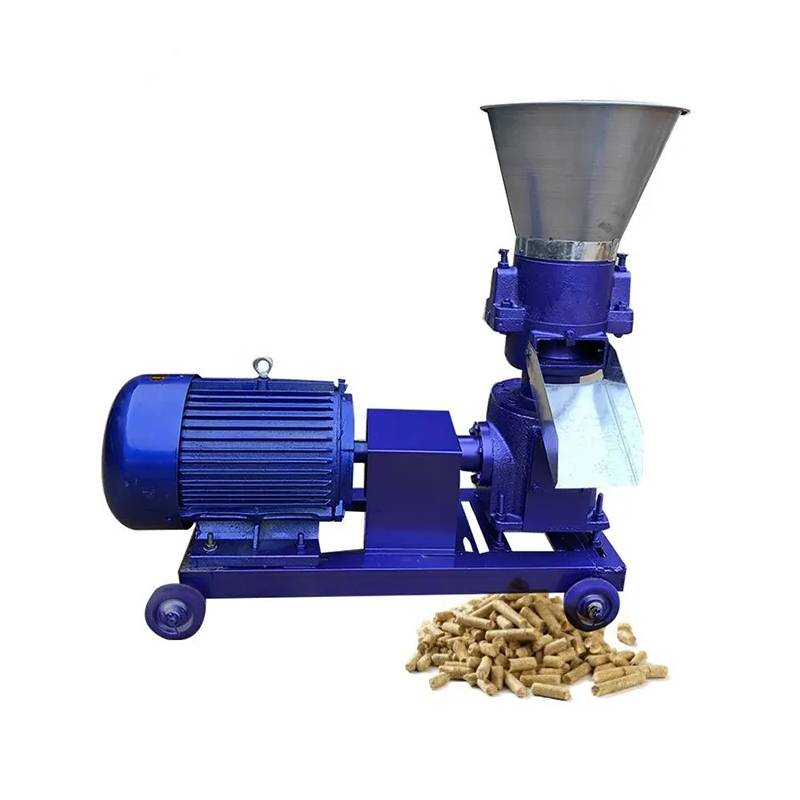
Conclusion and Further Reading
Investing in a high-quality, reliable, and efficient feed pellet machine is a strategic decision that pays dividends in animal health, operational savings, and overall profitability. The YIZE Animal Feed Pellet Machine, built with superior materials, precision engineering, and a deep understanding of animal nutrition, represents the pinnacle of modern feed processing technology. It is more than a machine; it is a comprehensive solution designed to propel your agricultural or aquacultural business forward.
For those interested in delving deeper into the science and business of feed manufacturing, we recommend the following resources:
- Industry News & Analysis: FeedNavigator - A leading online news source for the global animal feed industry. Visit FeedNavigator
- Scientific Research: Journal of Animal Science - A peer-reviewed journal publishing research on animal nutrition, growth, and health. A 2018 study, "Effects of feed processing on pellet quality and broiler performance," highlights the quantitative benefits discussed in this article. Explore the Journal of Animal Science
-
Automatic Feeding Line System - Yize Metal|Automation,Durability,Precision
NewsAug.06,2025
-
Automatic Feeding Line System Pan Feeder Nipple Drinker - Anping County Yize Metal Products Co., Ltd.
NewsAug.06,2025
-
Feed Pellet Machine | High-Quality Animal Feed Pelletizer
NewsAug.06,2025
-
Automatic Feeding System - Anping Yize | Pan Feeder Nipple Drinker
NewsAug.05,2025
-
Automatic Feeding Line System Pan Feeder Nipple Drinker-Anping County Yize Metal Products Co., Ltd.|Feed and Water Distribution, Durable PP Material
NewsAug.05,2025
-
Automatic Feeding Line System-Anping Yize|Automated Feeding&Watering
NewsAug.05,2025






